China’s burgeoning fashion market: Trends and consumers
China has long been in the shadows of the global fashion industry, but in 2020, new trends, movements, and designers are bringing this booming market into the light.
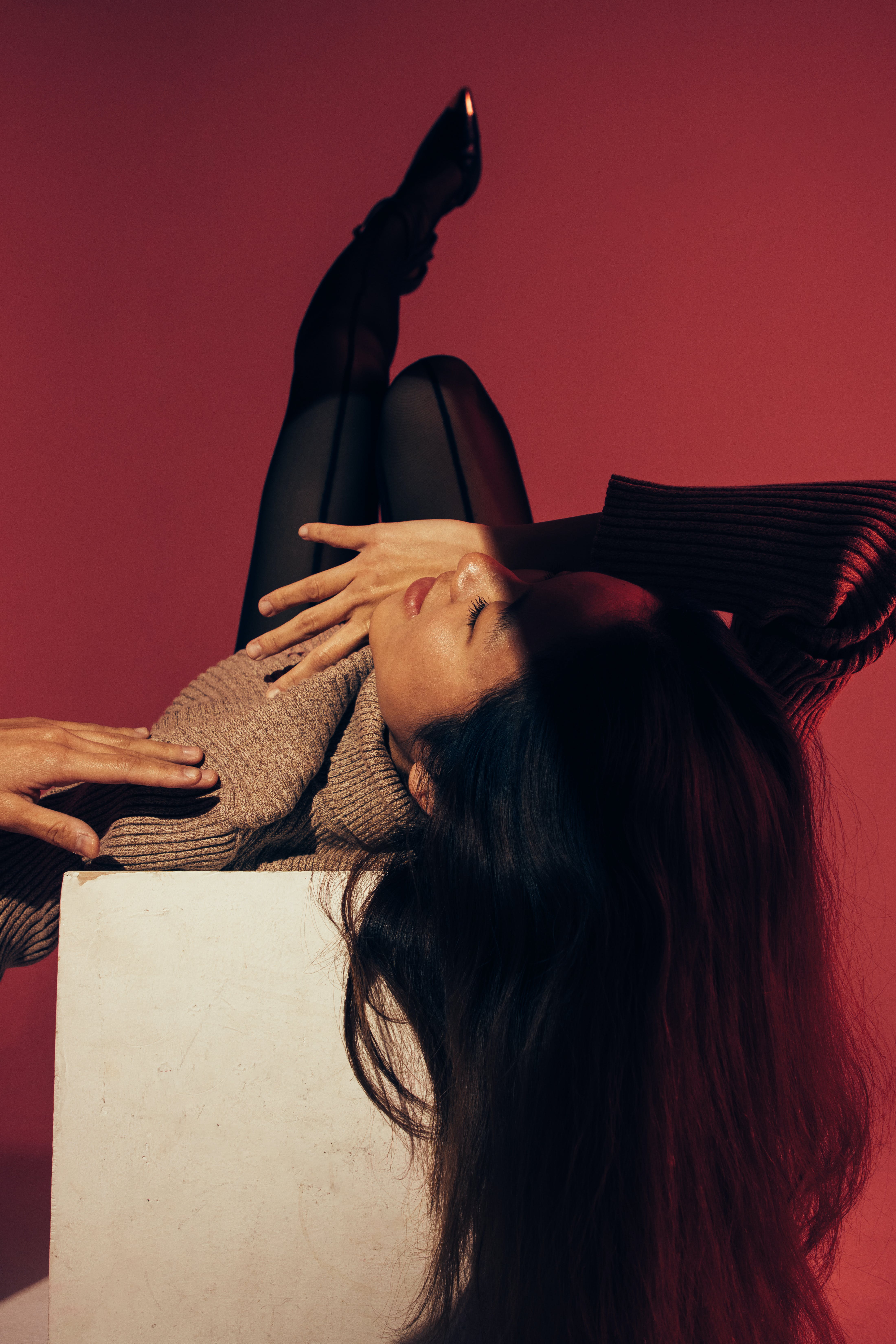
The salience of Chinese fashion

There have never been more eyes on China’s fashion market than there are right now. 2020 witnessed the rise of domestic designers, trends, influencers, and social channels at a pace never before seen, particularly given the global pandemic which shook fashion’s very foundation. This success could all be chalked up to a right-place-right-time determinism, but a quick peruse over China’s uphill journey toward this moment suggests the opposite.
The attention that non-Chinese brands and audiences are affording to their Chinese counterparts today is nothing like it was even five years ago, when a slot at a European Fashion Week was any Chinese designer’s best shot at gaining international recognition. Designer Samuel Guì Lang, for instance, has been showcasing his collections at London Fashion Week since 2015, but in 2020, he switched allegiances in favor of Shanghai. Why? While Covid-19 had a part to play, in Yang’s words it was more than that: “Our team has witnessed the rise of the market in China and how Chinese consumers are becoming increasingly interested in independent designers with local traits. So at this point, Shanghai Fashion Week has become indispensable for our brand, our creative ideas and our target audience.”
While it may seem so from the outside looking in, today’s salience of the Chinese fashion market didn’t happen overnight. A long history of traditional culture, evolving consumer values, new technological innovations, and a melding of Western markets with China’s own are just the outline of the country’s rich state of fashion today. Behind every great market is a story, and this one began many years ago.
China's rise to fashion
China’s love of fashion is nothing new: both abroad and at home, the world’s leading high street brands owe much of their revenue to their Chinese clientele. But this association we so commonly make is more than just expensive taste, it is a marker of the country’s unprecedented economic and social development. In the 1990s, luxury brands were inaccessible for a large portion of the population, while today, Chinese consumers can be thanked for nearly half of all luxury retail sales globally. China is also currently the second largest apparel market in the world, taking up 18.4% of the total market worth of $1,773 billion USD.
Evidently, these numbers are still in large part due to the elite, as they are in most countries. But more and more, younger and middle-class Chinese consumers are putting their yuan into luxury fashion, too, and they aren’t stopping there. Domestic designers are changing the status quo, turning the tables from purchasing to creating. One need only look at China’s three major cities–Shanghai, Beijing, and Hong Kong–to get a clue of the hotbed of creative expression now permeating the industry.
And with the multitude of changes happening all around them in fashion, technology, and society, consumers are the ones rewriting the script for brands, rather than the other way around.
New values borne of idealism are being concretised through fashion
Social media has become a platform for interconnectedness
Shopping has rapidly evolved over the last decade
New-age values of China's youngest
To understand the state of fashion in China today, one must first understand the mindset of the Chinese consumer feeding its evolution. Younger Chinese consumers are much more daring than previous generations when it comes to their fashion choices, notably because they are a demographic that is highly educated, well-travelled, and more fiscally secure.
Genderless fashion for the new consumer
Unlike those of decades past, the Chinese consumer is the decider of its own fashion fate. Genderless fashion is one movement that has taken by storm the streets and runways alike: in July 2020, Taobao’s top fashion keyword was mengmei style, meaning cross-gender style, or genderless fashion. This movement can be chalked up to Chinese superstar Wan Qian, who has become the de facto “face of mengmei style,” largely thanks to her signature style of oversized men’s suits.
Chinese sports commentary platform Hupu even conducted a survey this year titled “What Type of Girl Are You Most Likely To Date?” and the “The Wan Qian type of girl” took first place with 44.9% of the votes. This trend speaks volumes to the societal development among younger Chinese consumers who aren’t afraid to push boundaries and blur lines.
Additionally, Taobao’s reporting found that:
- Women’s searches for oversized blazers were up 317%
- Men’s searches for lace were up 119%
- Men's searches for sheer were up 107%
Logic follows, then, that leopard print is forecasted to rise 15% among men in Spring 2021. This exchange of masculine and feminine characteristics in clothing is what Beijing-based creative director of Kepler, Jerry Zhang, describes as a positive message for younger dressers: “It's not your gender [that] can distinguish you, but you as a human being with character."

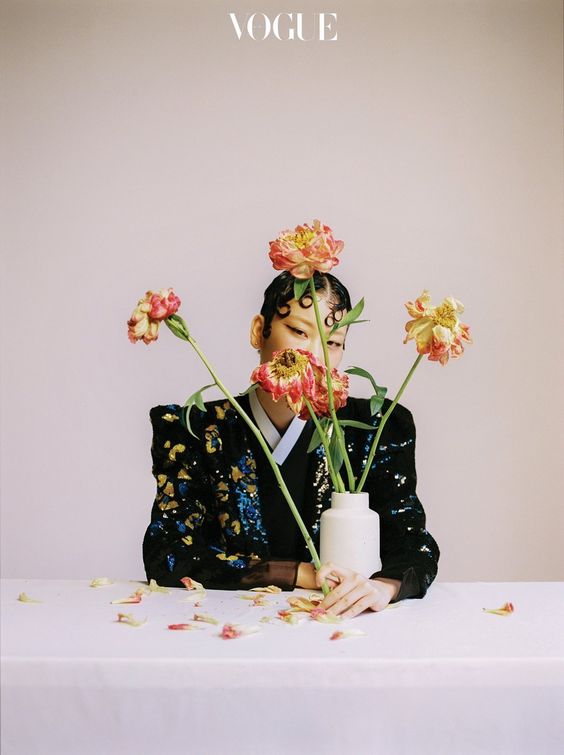
Chinese fashion goes green
Another progressive fashion movement making waves in China today is that of sustainability. The “Go Green” trend in China is being led primarily by domestic designers: for instance, Chinese brand ICICLE uses 100% organic or recycled materials to make its collections.
JNBY, another domestic brand, has put particular focus on linen, a fabric representative of eco-conscious fashion. It comes as no surprise, then, that linen is forecasted to grow in visibility by +32% for women in China in Spring 2021 compared to Spring 2020.
But consumers aren’t only drawn to local brands when it comes to sustainability: Snoozer Loser is an American apparel brand with a store in Shanghai. Their clothing and dyes are hand-made using organic cottons, and they endeavor to upcycle vintage materials in every collection.
Redefining "Made in China"
These new fashion movements in China--from the aforementioned gender-blurring and eco-conscious movements to the unmentioned boom of streetwear--all have one commonality among them: pride. Pride in unbridled expression, in one’s own principles, and finally, in China itself. The term “Made in China” is being subverted from its less-than-flattering connotation to one of national pride for brands and consumers in China today.
Fashion and urban culture journalist and founder of The China Temper, Elsbeth van Paridon, asserts that the “Made in China” label is “undergoing the ultimate 21st century makeover,” and it’s high time. She adds that this movement owes a large part of its success to China’s younger generations, who are “on the prowl for … individual exclusivity, not disposing of their upbringing and heritage.” A report from McKinsey & Co backs her assertions, stating that 90% of young Chinese consumers have a positive perception of local brands.
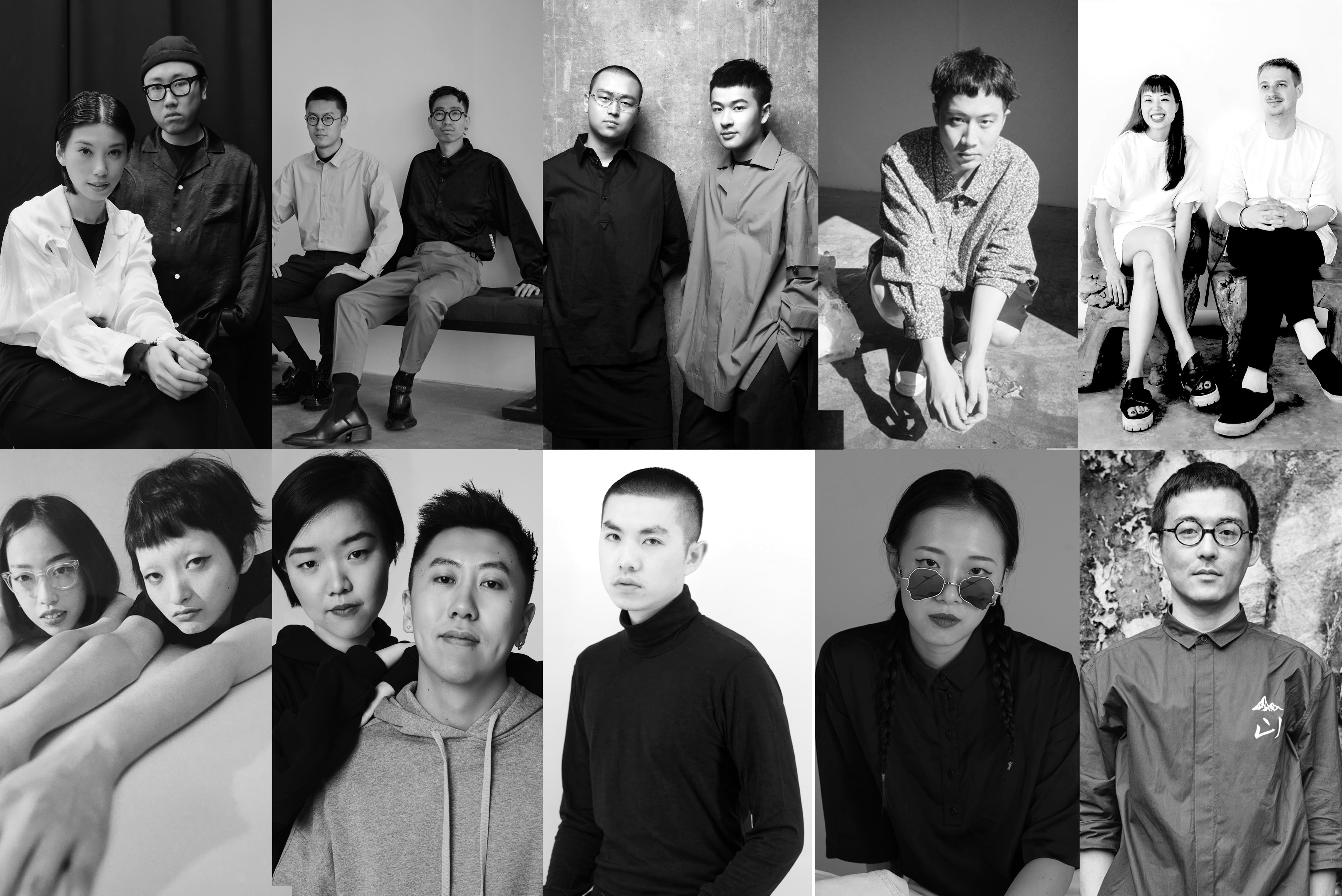
It is on the back of this sentiment that Chinese designers are finally changing the conversation, with some doing so not-so-subtly: Guo Pei and Samuel Guì Yang even labelled their products as “Proudly Made in China” starting in 2014. The cheongsam or qipao, for instance, is a fitted dress dating back to the Qing Dynasty, and today it is being modernized by a range of Chinese designers. Wang Xiaorou’s collection for Spring/Summer 2021 this year included qipaosin loud prints and bold colors--one among them turquoise, a color often used in traditional Chinese clothing and consequently predicted to rise in visibility by +25% in Winter 2020 in Chinese womenswear. Other Chinese designers such as Hao Weimin put a modern twist on traditional Peking Opera styles for collections, and brands like Xiong Ying and Guo Pei bring ancestral designs all the way to Paris Couture Week.
New digital avenues to Chinese consumer
To call the present the “digital age” feels slightly outmoded, as if the Internet were invented yesterday. But 2020 is truly a year replete with leaps and bounds of technological innovation, especially in the fashion industry. The pandemic has forced the hand of brands all around the world to find new ways of reaching consumers and maintaining their creativity and relevance. In China, there has been no shortage of such innovation, as brands have genuinely embraced the challenges set forth this year. As such, e-commerce, physical retail, and social media have become beacons of hope for fashion brands in China, bringing in more interaction and revenue than could have been predicted at the start of this year.
China's approach to ecommerce
E-commerce in China has always been different to the Western model, with multi-channel, multi-use platforms collecting consumers in one place for maximum efficiency. The pandemic has only proven the cleverness of this model. For instance, ten years ago, Shanghai Fashion Week was just that: a place to show off one’s collection, and to hopefully score clients down the pipe. Today, Chinese e-commerce company Alibaba’s partnership with Shanghai Fashion Week has made virtual shows, livestreaming, and other digital content a reality, and it’s due to these media that designers can now directly sell to customers online if they like what they see.
Beyond that, Alibaba’s performance this year is staggering: the e-commerce platform increased its consumer reach by over 140 million, reaching over 1 billion active consumers in just 12 months. The average Chinese consumer spent $1,320 USD on Alibaba’s retail marketplaces, and revenue for the year stands at approximately $80.6 billion USD, an increase of 33.5% from 2019. And on Single’s Day this year in China, a day in November traditionally reserved for unmarried consumers to offer themselves gifts, Alibaba saw 100 fashion brands’s pre-sales growth hit $15 million USD within the first two hours.
Pushing the limits of retail in China
And while it may seem counterintuitive given the rise of e-commerce and Covid-19, physical retail has also progressed technologically this year in China. The newly-opened SKP-S department store, for example, provides a physical space for brands to realize their vision to the fullest extent. Here, brands can convert traditional retail spaces into quasi-museums, giving shoppers a truly immersive experience and encouraging the blur between art and fashion.
In Pudong, the Shanghai Times Square mall was completely renovated by Japanese design studio Nendo to rethink what a mall can and should be. The entire structure was nipped and tucked to create a “theatrical” experience for shoppers, “deliberately tiered to draw the eye.”
Finally, Chinese tech company Cheetah Mobile deployed over 7000 robots across 1000 shopping malls across China this year in order to render shopping more efficient. These robots can recognize consumers using facial recognition, draw them into different stores via conversation, direct them if needed, collect feedback, and even gift coupons to consumers. The retail experience in China has truly outdone itself this year.
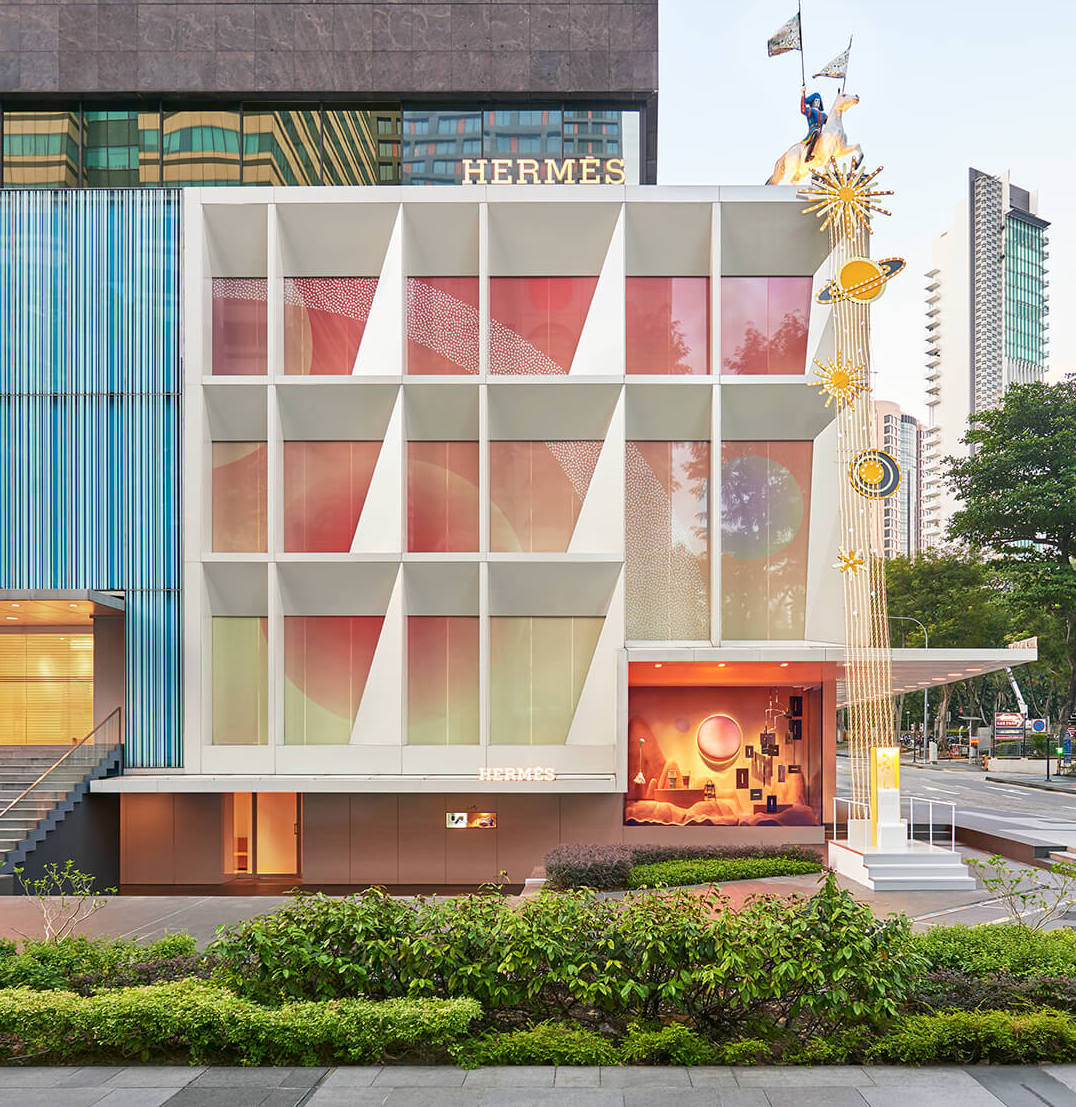
Social media: the new language of consumers
But if e-commerce and physical retail are pulling weight in China, social media is on an entirely different level. In 2019, Gen Z and millennial consumers in China accounted for about 60% of the population in urban areas, and it’s predicted that this number will rise to 65% by 2025. These consumer brackets are the lifeblood of social media, and in turn, of fashion brands and retailers. For instance, the Louis Vuitton Show in Shanghai in August 2020 drew in 68 million viewers on Weibo, 18 million on Douyin, and 8 million on Tencent, compared to just 3.3 million on Instagram and 33,500 on Facebook. Following the show, Louis Vuitton stores in Shanghai had their biggest sales weekend of all time -- coincidence? No, the power of Chinese social media.
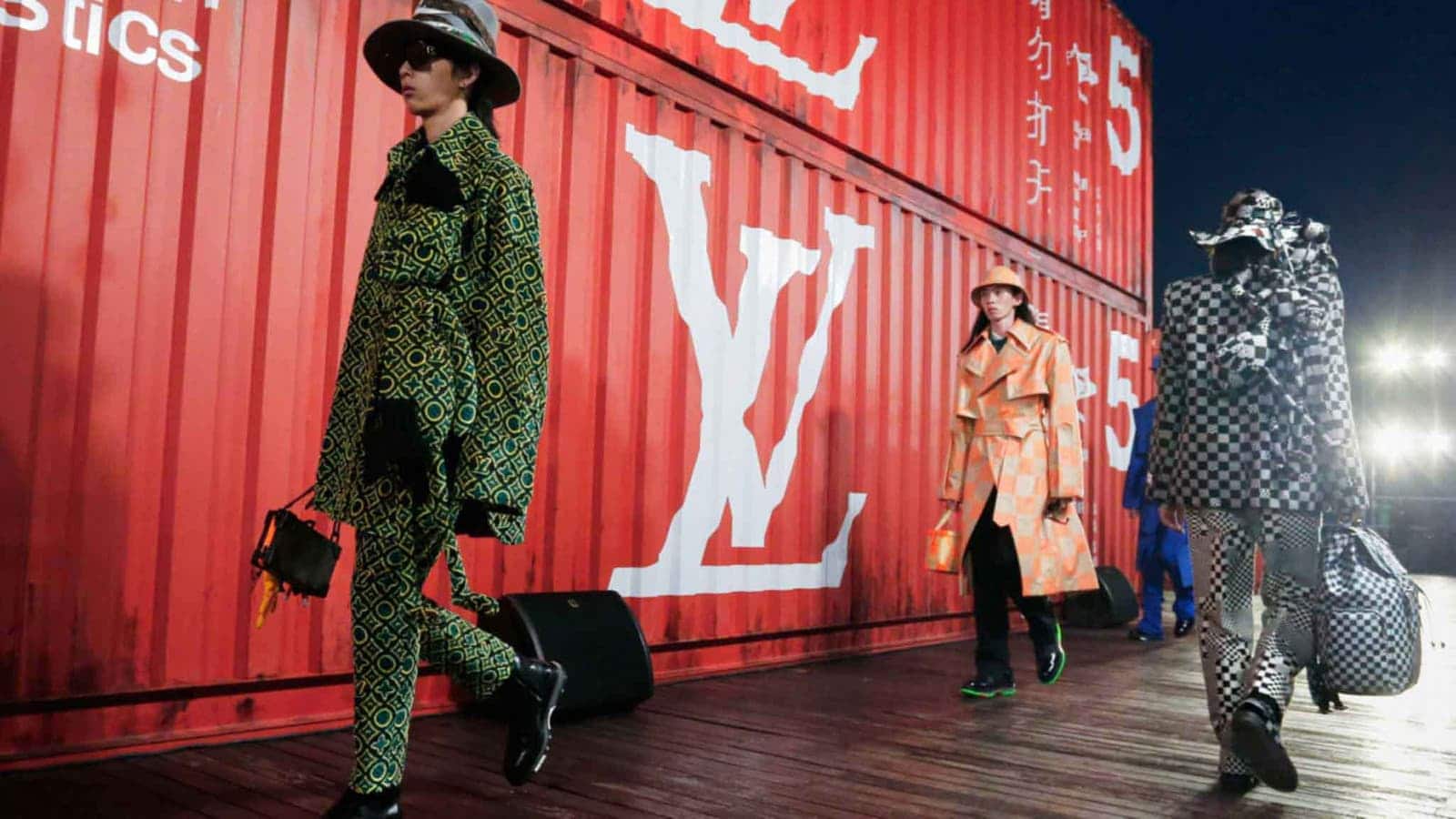
However, there could be the argument that Louis Vuitton is already a global powerhouse, and that social media is just the icing on the cake. Well, take the bag and accessories label BY FAR. It’s a niche Bulgarian brand who managed to enter the Chinese fashion market this year using nothing but social media. The three founders created platforms for the brand on Weibo, WeChat, and Little Red Book, and reached out to Chinese fashion influencers for visibility. These influencers liked the products, and began posting the brand on their social media: since then, BY FAR’s WeChat Mini Program now serves as a shopping space for interested Chinese shoppers. The keystone of the brand’s success was their choice to recruit Chinese KOL Grace Chow as their brand ambassador on WeChat--but why do consumers respond so well to famous faces?
A report from Neilsen states that Chinese Gen Z and millennial consumers respond better to online shopping via social media when a KOL or other celebrity is involved. KOLs serve as a stamp of approval so to speak when it comes to making purchases. Kelly Tang, senior analyst at Euromonitor International, explains:
“Chinese consumers very much rely on user reviews and recommendations when purchasing luxury [goods], and social apps like Little Red Book or Weibo and short-video apps like TikTok all enable influencers to connect seamlessly with consumers to promote products.”
And there is a long list of influential KOLs on China’s fashion scene, from Liang Tao (Mr. Bags), to Wei Ya, to Xu Fengli, and more. For brands wishing to project themselves further, whether they’re Chinese or not, KOLs are a promising avenue for such goals.
What is the future of fashion in China?
Chinese consumer sentiment
According to Ipsos’ global consumer confidence index, consumer sentiment around the world is at its lowest at a concerning 41.8 out of 100. But not for Chinese consumers. Ipsos reports that in China, consumer sentiment is at 70.9 out of 100, making it the highest of any country surveyed. The weak consumer sentiment globally is likely due to the pandemic and its many repercussions, but China’s case gets even more strange when one considers that its consumer sentiment is even higher than it was pre-pandemic. So if there were ever an opportune time to make moves in China, it would be now.

For domestic brands, this year has been encouraging. Domestic consumption, government support, and global attention have boosted China’s fashion scene at impressive rates. But luck doesn’t have much to do with it: Chinese brands have succeeded in listening to what their customers want and need throughout this year rife with change.
Where foreign, and often Western, brands tend to push money and advertising once in the Chinese market, domestic brands create highly personalized experiences for their customers. Futuristic shopping experiences, heightened interaction via virtual shopping and social media, co-collaborations between brands and KOLs, and attention to customer desires have made all the difference for Chinese brands. According to Tang from Euromonitor International,
“Chinese consumers are showing an increasing preference for local brands that demonstrate strong capabilities in leveraging new technology and adopting fashionable styles.”
What this means for foreign brands is that it’s no longer sufficient to push Chinese content once in China -- they must incorporate new technologies and trends more wisely into products and brand communication in China.
Finding success in China's fashion market
China is home to a complex fashion industry like anywhere else. Its burgeoning community of consumers are giving rise to a bright fashion future full of inclusivity, interaction, and innovation, from challenging gendered clothing to reinventing the limits of social media. They look to KOLs and their peers for fashion advice, and their favorite brands are those who know how to meet them where they are. They go shopping in boutiques and malls, and they also enjoy the efficiency of multi-channel e-commerce platforms like Alibaba and Taobao.
It is in this way that the possibilities for brands hoping to find a footpath in China’s market are infinite, and with trend forecasting, brands can have even more confidence stepping into the Chinese fashion space. The ability to know which consumers will desire which trends during which season provides brands the opportunity to plan ahead, from collection planning to communication strategizing. Consumers know authenticity when they see it, all that’s left to do is listen.